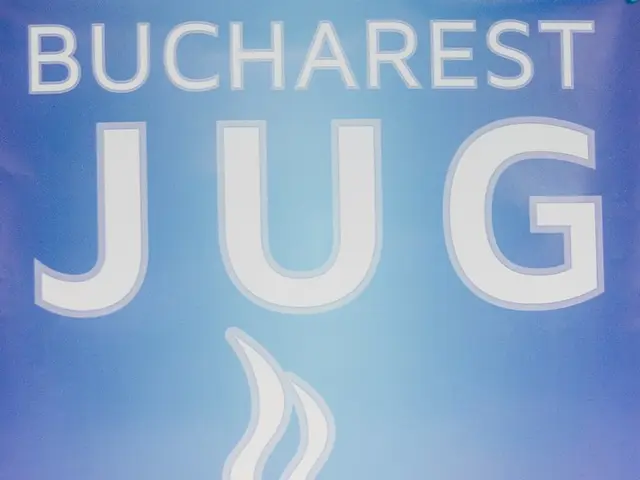The significant dissimilarities underlying the student demonstrations in Gaza and Vietnam.
In a striking turn of events, a global wave of student-led movements has erupted, echoing the anti-war protests of yesteryears. This modern uprising, rooted in solidarity with the people of Palestine, mirrors the student-led resistance against the Vietnam War in many ways.
At the heart of this movement lies a challenge to the business-oriented administrations of universities,testing their mettle against the students' demands. As authorities grapple with the protests, they unknowingly fuel the fire, stoking the flames of radicalization.
It's worth noting that while this discourse revolves around the recent student demonstrations, it could easily be a retelling of the anti-war movement's history - the narrative remains strikingly similar.
In the 1960s, the United States was home to the largest anti-war movement, which soon went global. Today, a similar pattern is emerging. To date, student walkouts and sit-ins have swept through a staggering 140 campuses across 45 states in the U.S., spreading to over 30 countries worldwide. Notable participants include Australia, Canada, the UK, and the Netherlands.
Much like the Tet Offensive in the 60s, which energized the anti-war movement, the Israeli attack on Gaza is the primary motivator for today's resistance. In both instances, military success favored the colonial powers and their supporters, but the political victory was won by the resistance.
Sign Up for Middle East Eye's Newsletters
Discover the latest insights on Israel-Palestine, alongside Turkey Unpacked, and other MEE newsletters.
Professional Opposition
In both the U.S. and the UK, the student protest movement has tended to originate from the elite universities, such as Warwick, UCL, SOAS, Oxford, Cambridge, Bristol, and Queen Mary University London. Much like their 1960s counterparts, today's students are reacting against the corporate-model university system, as they have witnessed the consequences of education being treated as a commodity.
Differences and Similarities
While the student movements of today may not be as powerful or radical as those of the 1960s, they are far from isolated. In the 60s, the movement in the U.S. was fueled in part by opposition to the draft. Today, that immediate spur is absent.
In the UK, the anti-Vietnam War movement was predominantly student-driven, comprising over half the major anti-war marches. In stark contrast, the student movement of today has been paving the way for a mass movement for months before they took action.
Widespread Mobilization
The student movement of 2024 in the UK might not be as widespread or as radical as it was in 1968, but it's far from static. Today's protests - which take the form of walkouts, sit-ins, and educational campaigns - may not disrupt college functions in the same way as 1968's occupation of college buildings, but their reach is undeniably widespread and influential.
Furthermore, in 1968, the Labour Party was in power during the anti-Vietnam War movement in the UK. Today, despite the Tory Party being in power, widespread anger against Labour, which mirrors Prime Minister Rishi Sunak's government on Palestine and much else, suggests that resentment toward the current ruling party remains high among the student population.
Whatever the exact balance of continuities and discontinuities, both student movements have undeniably proven to be historically significant, with the Palestinian solidarity movement notably reflecting society's broader concerns and mobilization on a mass scale.
- The current global wave of student-led movements, echoing the anti-war protests of yesteryears, is a challenge to the business-oriented administrations of universities.
- Much like the anti-war movement's history, this modern uprising, rooted in solidarity with the people of Palestine, mirrors the student-led resistance against the Vietnam War in many ways.
- In the 1960s, the United States was home to the largest anti-war movement, which soon went global, and today, a similar pattern is emerging, with student walkouts and sit-ins sweeping through a large number of campuses worldwide.
- The Israeli attack on Gaza serves as the primary motivator for today's resistance, much like the Tet Offensive in the 60s which energized the anti-war movement.
- In the UK and the US, the student protest movement has tended to originate from the elite universities, such as Warwick, UCL, SOAS, Oxford, Cambridge, Bristol, and Queen Mary University London, where students react against the corporate-model university system.
- While the student movements of today may not be as powerful or radical as those of the 1960s, they are far from isolated, paving the way for a mass movement for months before they took action.
- Today's protests, which take the form of walkouts, sit-ins, and educational campaigns, may not disrupt college functions in the same way as 1968's occupation of college buildings, but their reach is undeniably widespread and influential.




